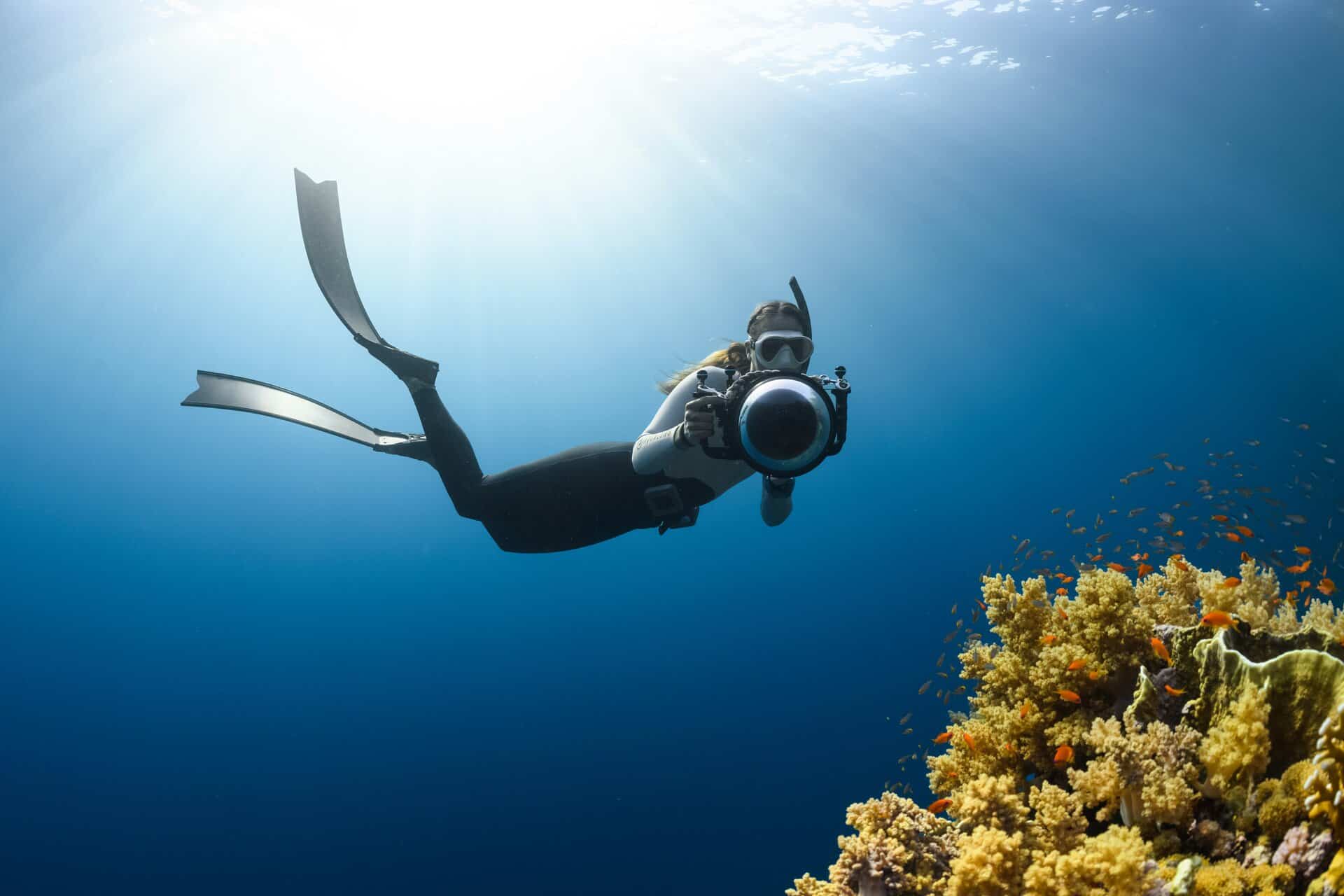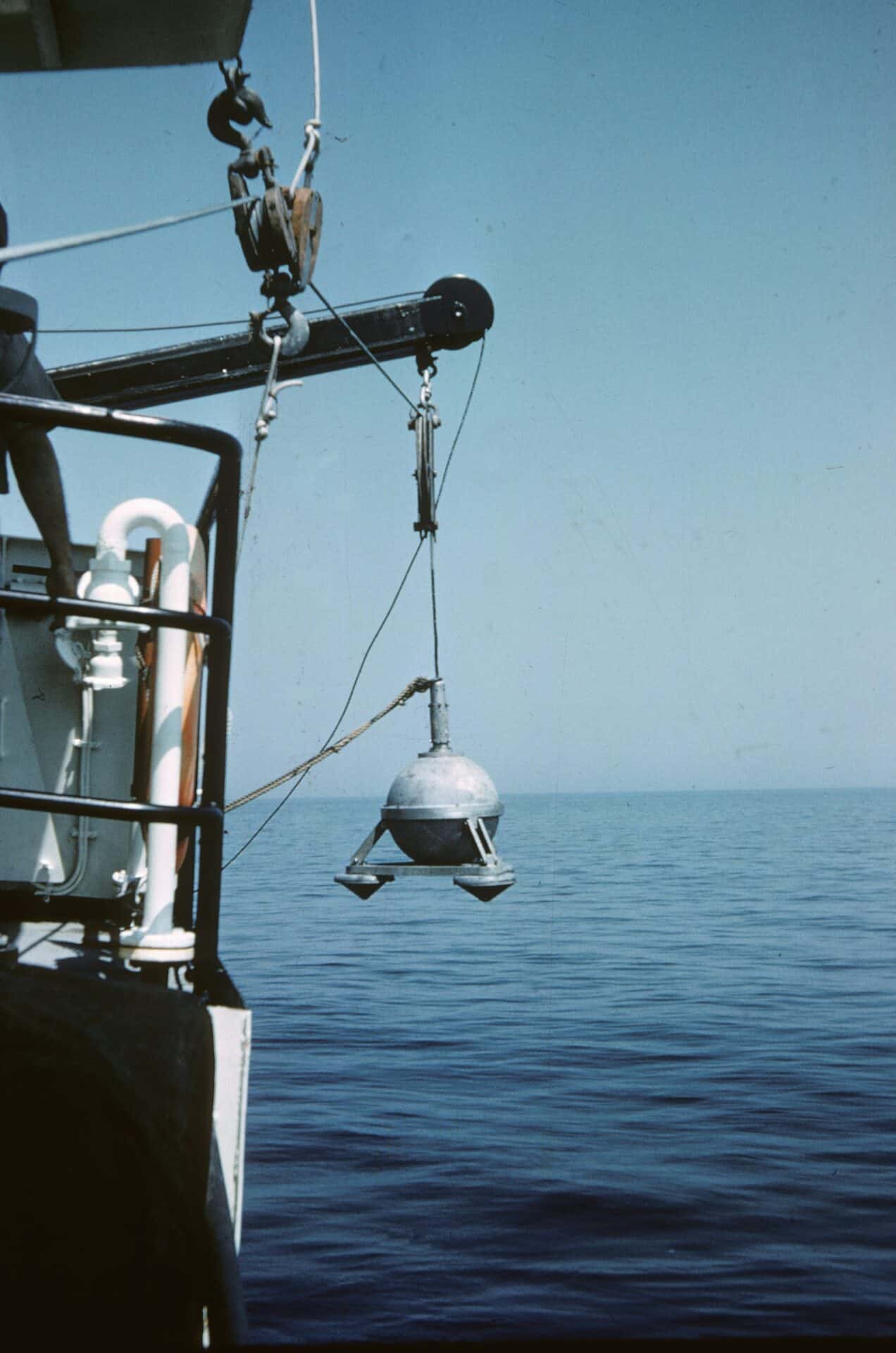
Marine Monitoring Programme
About the Marine Monitoring Program
This initiative has been in existence since 2005 with the sole responsibility of monitoring and looking after the all-round wellbeing of the Reef. When the monitoring has been successfully carried out, reports are given to the effect. The major reason behind this monitoring programme is to understand and note the nature of the Reef and best it can be protected against climate change which is the major threat to its existence.
Annual reports are provided on the health of the Reef, quality of water, coral, and the seagrass. These reports would give first-hand information on the pressure and threats posed by the environment to Reef’s life and existence.
During the course of monitoring, the assessment would be provided on the inshore living things. This assessment, if successfully carried out, should be able to provide the basic information on how the Reef should be best managed and how best to protect it. This monitoring exercise is mostly carried out by various research institutes such as the Howley Environmental Consulting, Australian Institute of Marine Science, Cape York Water Monitoring Partnership, Queensland Parks and Wildlife Service.
All these institutions that carry out the monitoring program are mostly funded by organisations interested in the research work. Also, the government also plays an integral part in financing the monitoring activities.
The monitoring program is done by checking the water quality. During this process, the profile of the water is examined. Also, the temperature, turbidity, light, salinity are also closely followed and examined.
Coral and seagrass are also monitored by placing drop cameras in the coastal area. This monitoring exercise is best carried timeously. It is best carried out when the wet season is coming to an end; this is within March or April every year. If you intend to carry out the dry season monitoring exercise, let it around September to November. These periods are seen as the best time to examine because the sea body would be in perfect shape for the monitoring.
The date and reports collected are published annually in various journals. The report is expected to contain the water quality, the seagrass, the coral, pesticides who live on the water surface, and the roles it plays in protecting or destroying the Reef, among other factors.

Data-Driven Reef Solutions
Also, in the report obtained from the data collected, several case studies are identified. These case studies are put together to be looked into in the coming year. This is one of the bases of the monitoring to look out for strange occurrences and find a lasting solution to the threat posed by climate change on the Reef and other sea bodies.
